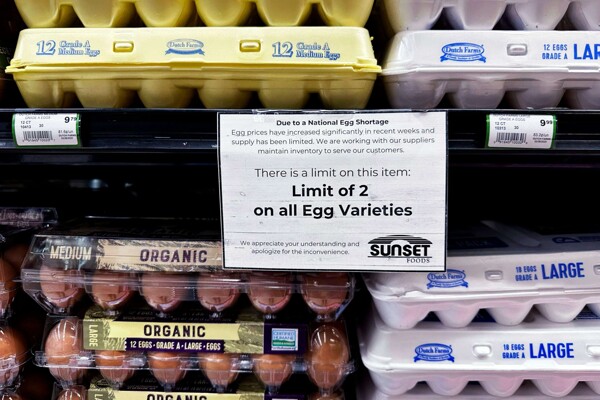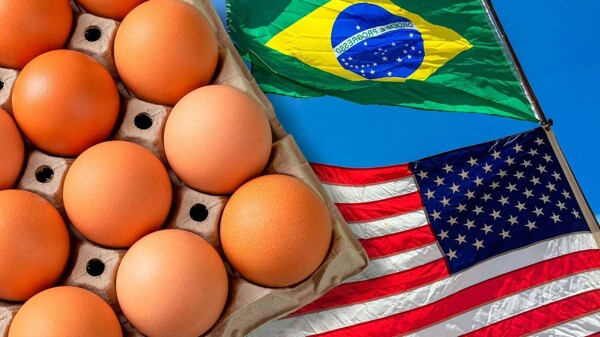
Economists observe core prices because they tend to be a better guide for the future of inflation. Grocery prices remained unchanged last month compared to January, providing some relief to consumers dealing with a 25 percent increase in grocery prices compared to four years ago. The price had consistently been below $2 for decades before the illness hit.
As for tariffs, Trump has imposed a wide range on imports from Canada, Mexico, China, Europe, and India, which economists expect will keep price growth elevated this year. Many analysts have raised the odds of a recession due to turmoil in financial markets and the potential slowdown of the economy caused by the tariffs.
Inflation in the United States slowed last month for the first time since September. Although a Labor Department report revealed that the consumer price index rose by 2.8 percent in February compared to the previous year, it was a decrease from the previous month.
In monthly terms, inflation was also lower than expected, with a 0.2 percent increase in February compared to the prior month. Core prices only increased by 0.2 percent, below the increase recorded in January.
Trump's tariff increases have raised concerns, as economists at the Yale Budget Lab estimate that they could raise the average tariff rate in the United States to its highest level since 1937, which would cost households an average of up to $3,400.
Average egg prices rose by 10.4 percent in February compared to the previous month and are nearly 60 percent more expensive than a year ago, primarily due to avian flu that has forced farmers to cull more than 160 million birds.
Amidst this landscape, the Federal Reserve may take more aggressive measures in its fight against inflation and is expected to continue closely monitoring price developments and the effects of the imposed tariffs. Prices have exceeded the Federal Reserve's 2 percent target, creating uncertainty about the country's economic future.














